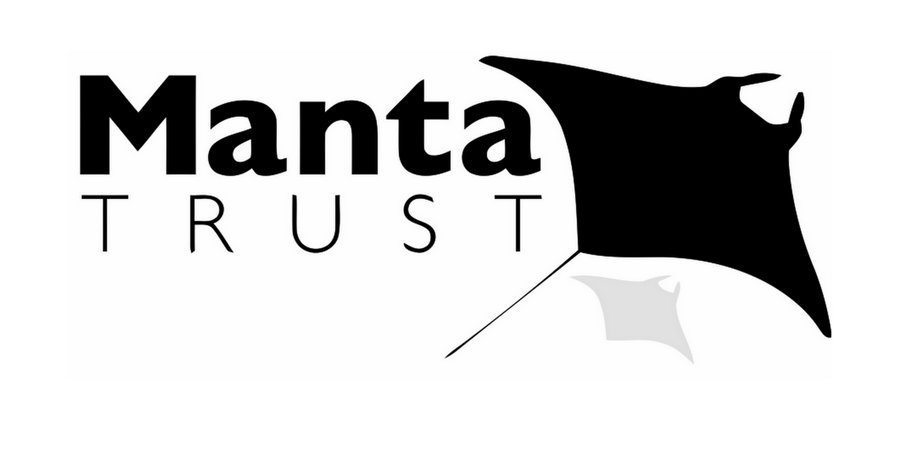Exploring Manta Ray Connections Across the Pacific
Project Overview:
This project aims to improve conservation of oceanic manta rays by uncovering how populations are connected across the West and South Pacific. Recent findings by the Manta Trust suggest previously unknown populations exist throughout Fiji’s Lau Group and near Suva. By deploying satellite tags and collecting genetic samples, researchers will identify key habitats and examine how manta rays move across regions including Fiji, New Zealand, and the broader South Pacific. Data suggests oceanic manta rays may cross the entire South-West Pacific, although much remains unknown about their migratory pathways, habitat use, and population sizes. Understanding these patterns is essential to evaluate the impacts of climate change, human activity, and fisheries, and to implement effective conservation strategies.
Program Partners
- Manta Trust
- University of the South Pacific
- Ministry of Fisheries Fiji
Location
- Fiji Islands
Expected Time Frame
- June to November 2025
Duration of Expedition
- Multiple 5-10 day trips
Accommodation Needed
- 3 Researchers
Special Equipment Needed
- Access to tender or smaller vessel
Expedition parameters listed above are flexible and negotiable.
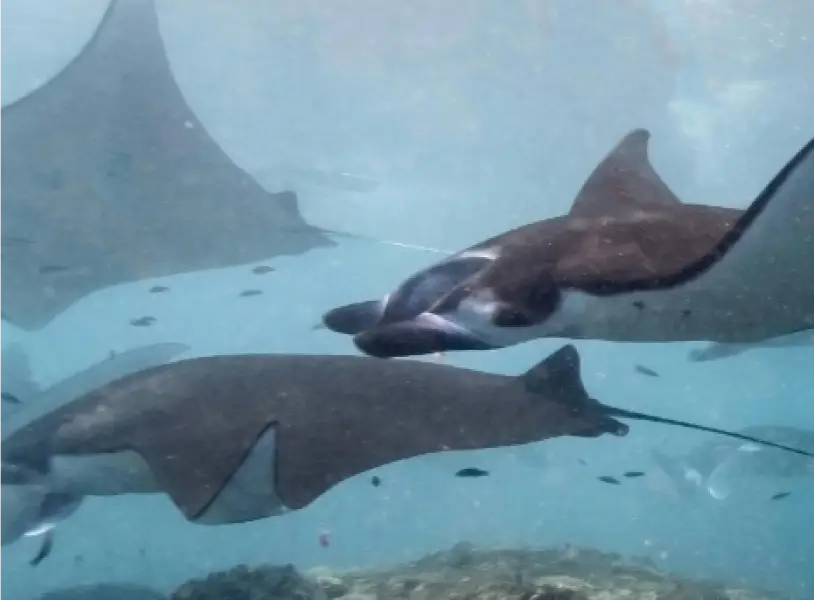
Background:
Oceanic manta rays are classified as Endangered by the IUCN due to global population declines. Their vulnerability stems from slow reproductive rates, wide-ranging movements, and heavy fishing pressure. While their presence in the Eastern Tropical Pacific has been documented for nearly two decades, knowledge of manta rays in the West and Central Pacific is only now emerging. In 2022, Manta Trust used satellite tags to record an oceanic manta migrating over 1,900 km from New Zealand to southern Fiji and Tonga—the longest migration recorded for this species. This suggests oceanic manta rays may cross the entire South-West Pacific, although much remains unknown about their migratory pathways, habitat use, and population sizes.
Mission:
This project will improve the understanding of habitat use and population connectivity of oceanic manta rays in the West and South Pacific. Manta Trust will also engage coastal communities in the conservation of this species to enhance awareness of protective measures needed to revive populations.
Applications:
This research will inform conservation policy by identifying critical habitats and connections between manta ray populations and will support species management by providing new insights into manta ray movements, behavior, and population structure. The project will also engage coastal communities to raise awareness and encourage local stewardship.
Relevant/Previous Scientific Publication(s):
Program Partners:
Get Involved
If you’re interested in learning more about this specific program opportunity, please reach out to our team below to find out more about this program or get involved in other opportunities with SeaKeepers.
Explore More Opportunities
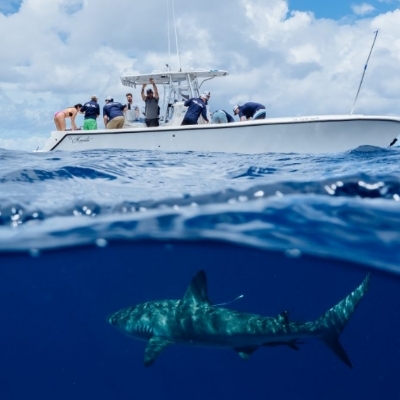
At-Sea Opportunities
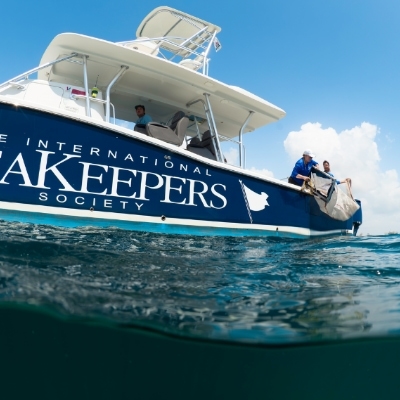
Citizen Science Opportunities
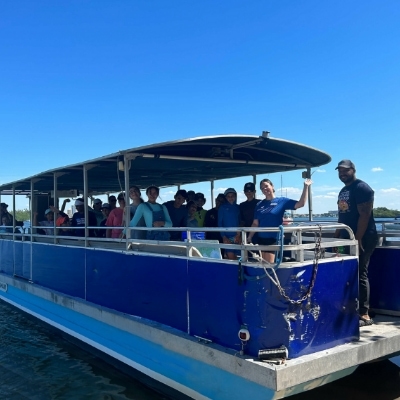
Education Opportunities



